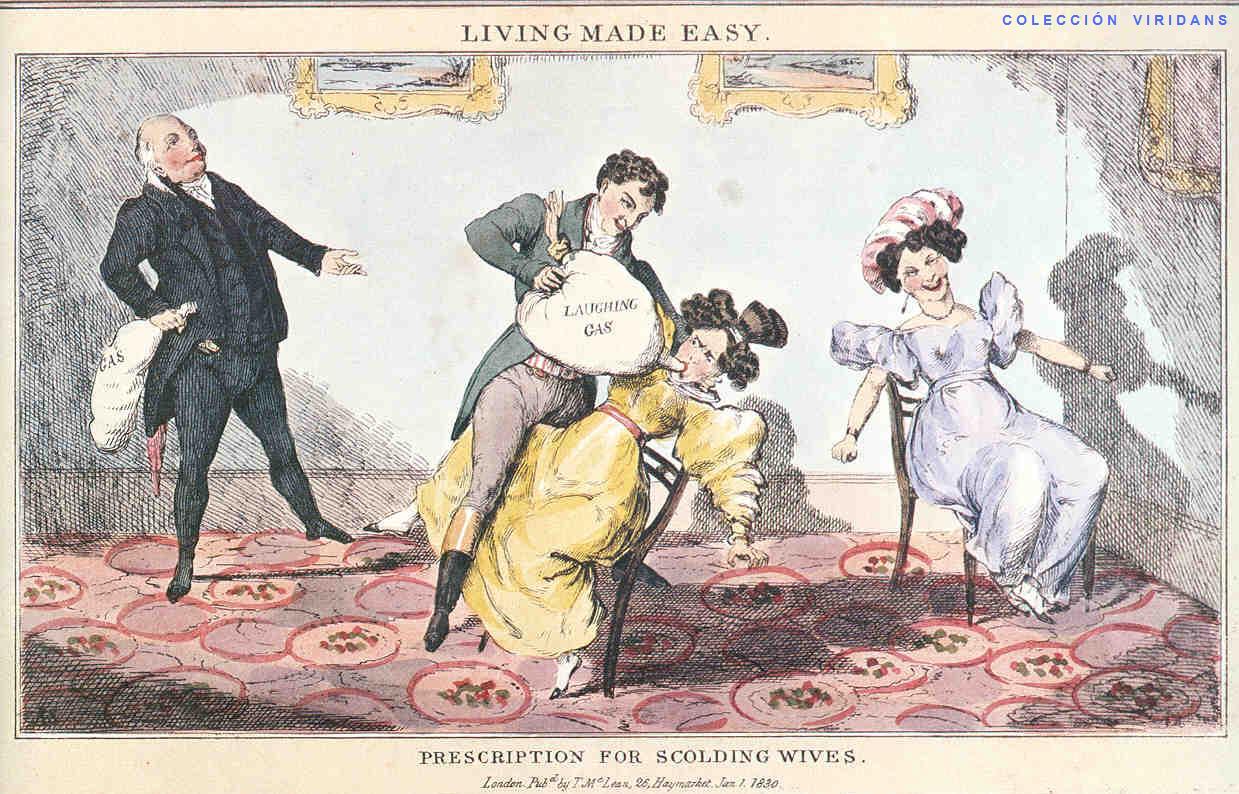From the Daily Mail,
09:12 EST, 24 September 2014:
- Born Deborah Mitford in 1920, she was the youngest of the six Mitford girls
- Prince of Wales paid tribute to her 'unique personality' and 'original approach to life'
- She had tea with Hitler, with whom her sister, Unity, was besotted, in 1937
- Married Lord Andrew Cavendish in 1941 and moved into Chatsworth House
- Known as Debo, the Duchess had seven children of whom three survived
- Her son, Peregrine, 70, became the 12th Duke when Andrew died in 2004
- They also had daughters Lady Emma, now 71, and Lady Sophia, now 57
- After her husband's death, she left Chatsworth, Derbys, for nearby vicarage
The last of
the famous Mitford sisters, Deborah, Dowager Duchess of Devonshire, has
died at the age of 94, her son said this afternoon.
Deborah
Vivien Freeman-Mitford and her siblings moved in the same circles as
Winston Churchill, John F Kennedy and Evelyn Waugh - and even Adolf
Hitler - and epitomised a privileged and glamorous aristocratic life
that no longer exists.
But
despite the glamour that came with being both a Mitford and chatelaine
of Devonshire family seat, Chatsworth House,the Duchess, known as Debo,
knew great tragedy, too.
Today
a family spokesman issued a statement on behalf of her son, the 12th
Duke of Devonshire, saying: 'It is with great sadness that I have to
inform you that Deborah, Dowager Duchess of Devonshire, has passed away
peacefully this morning.'
Scroll down for video
Deborah, Dowager Duchess of Devonshire and last surviving Mitford sister has died at 94, her son said
Born Deborah Mitford in 1920 and known as Debo, she married Lord Andrew Cavendish in 1941, left
A flag bearing the Devonshire family blazon was lowered to half mast at Chatsworth this afternoon
After
the death was announced, the Prince of Wales also paid tribute to The
Duchess, calling her 'a unique personality with a wonderfully original
approach to life'.
The
Dowager, know as Debo to family and friends, probably led the most
normal life out of the famous sisters - Nancy, Pamela, Diana, Unity and
Jessica - who were the It girls of their day.
Unity,
who was six years older than Debo, was infamous for her right-wing
politics and was a friend of - and became besotted with - Adolf Hitler.
She migrated to Germany where, in 1937, Debo and her mother had tea with Unity and Hitler in his Munich flat.
Noting
that he had towels in his bathroom with his initials AH on them,
Deborah said: 'The atmosphere was rather awkward because neither my
mother nor I could speak German....MUCH MORE


















